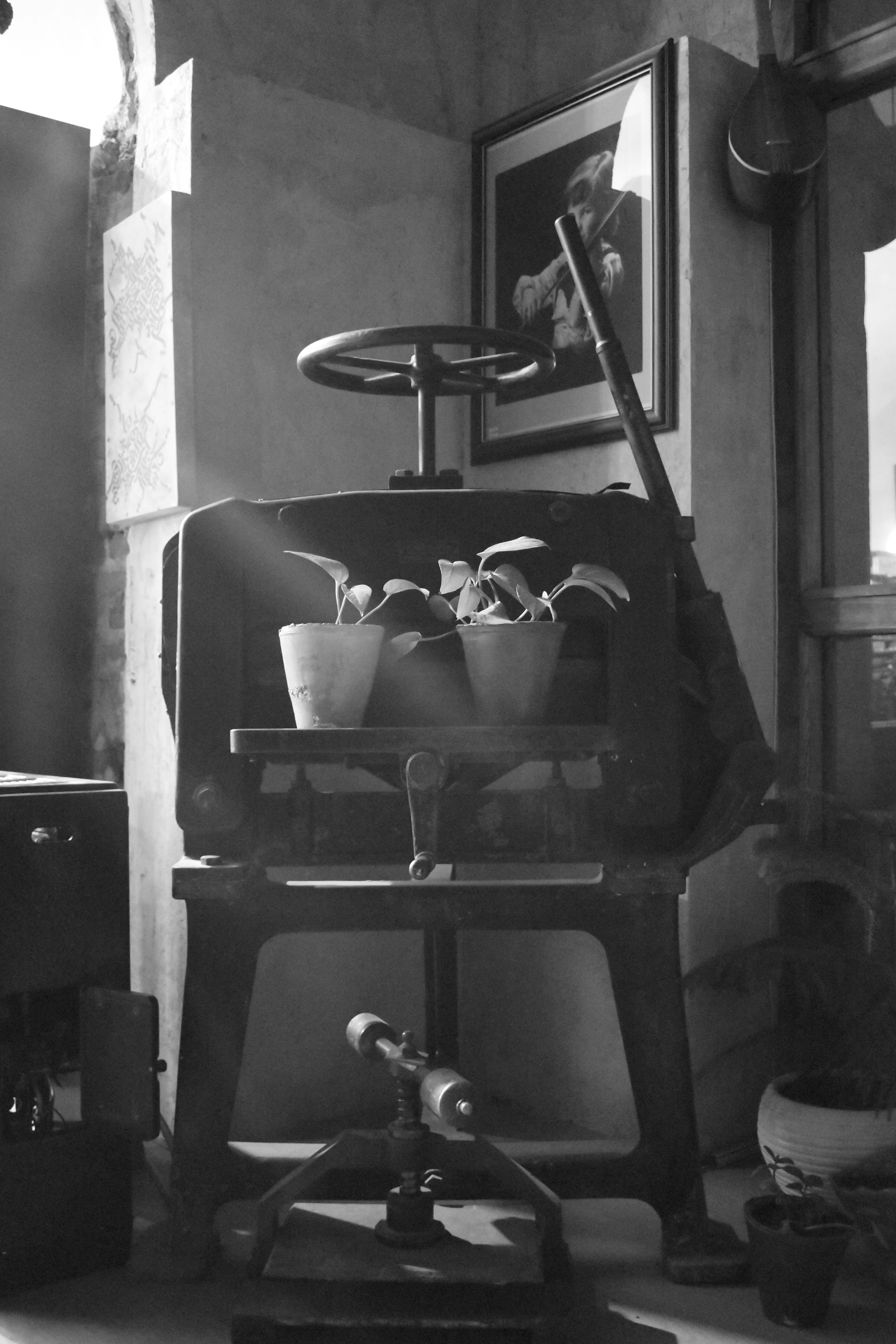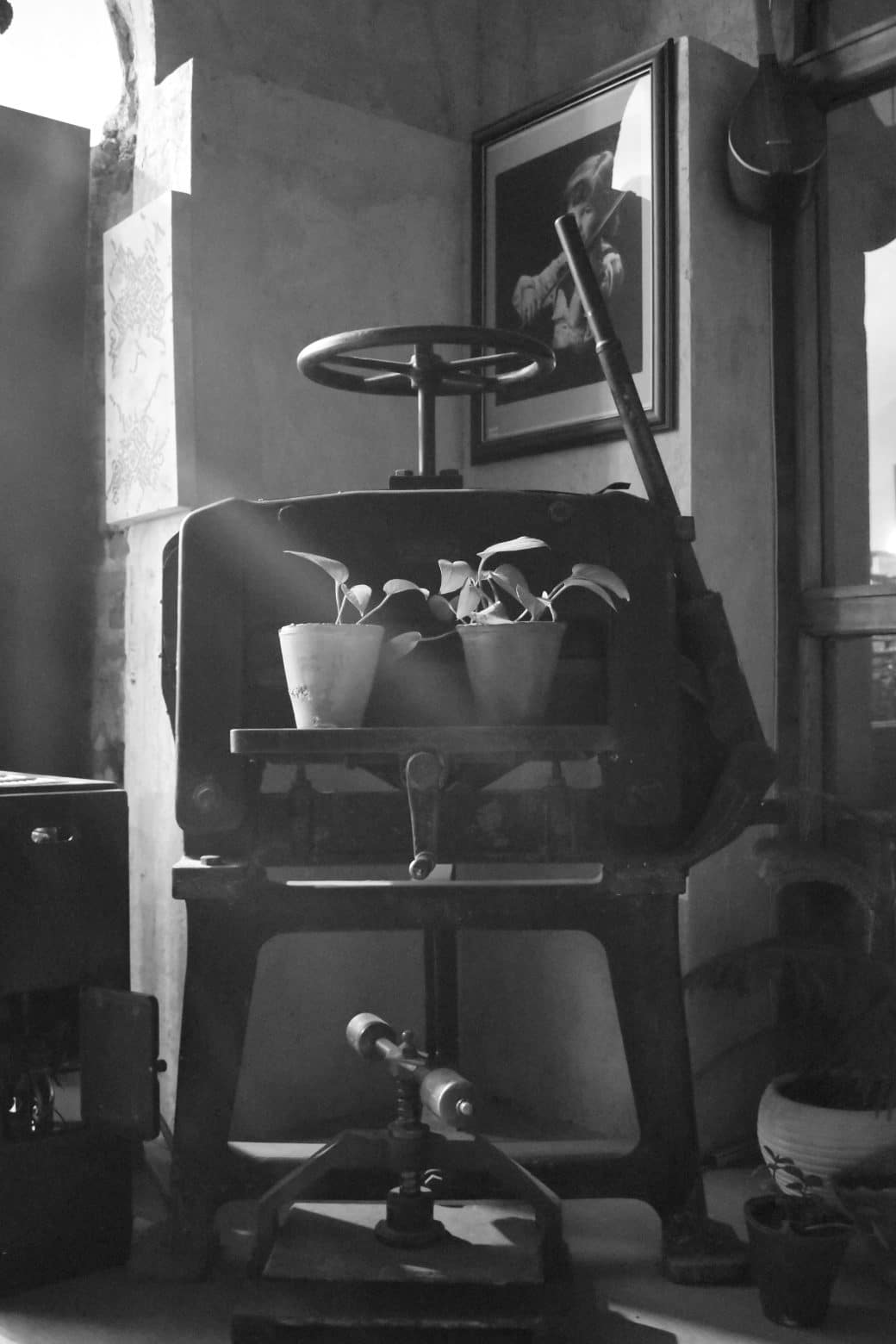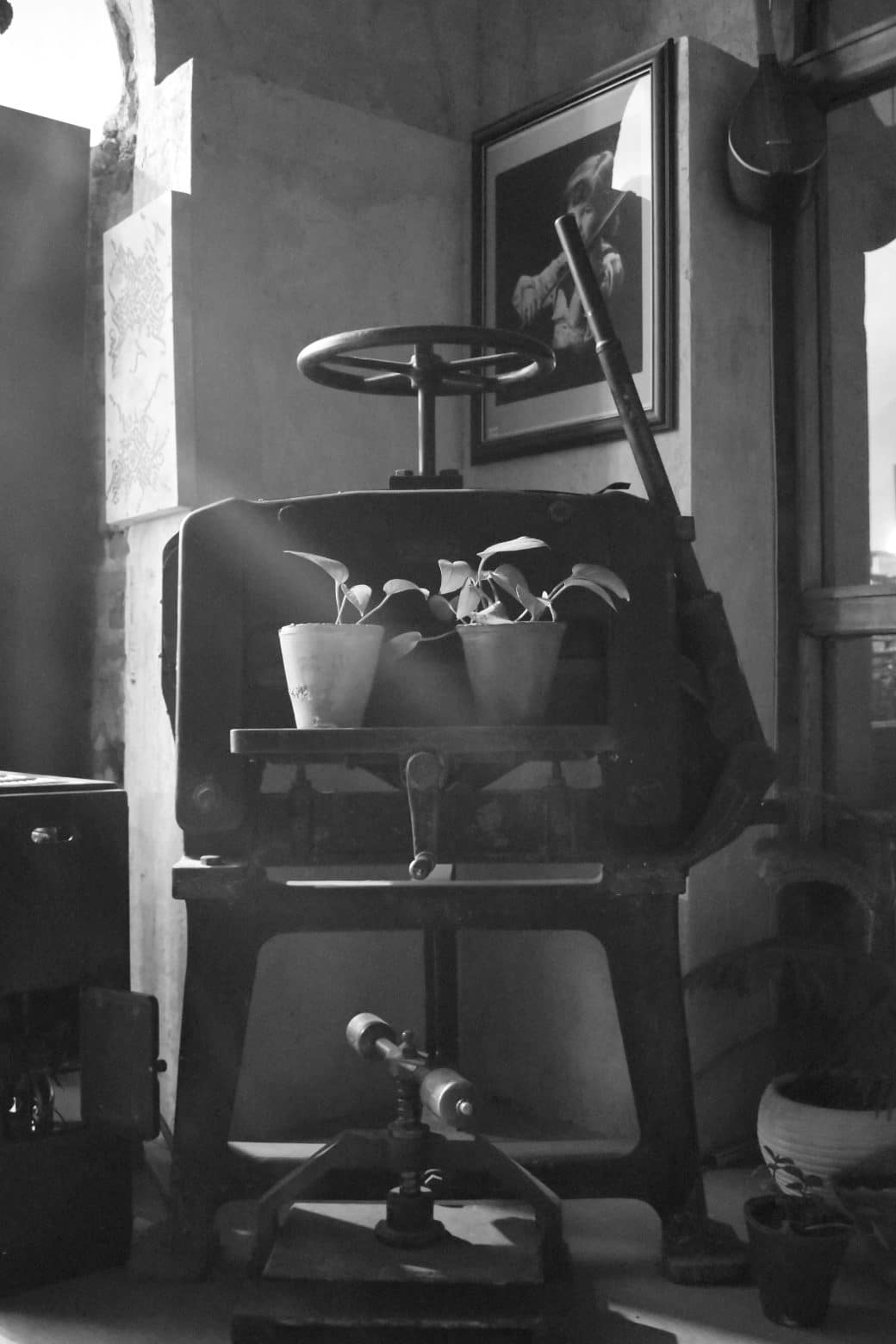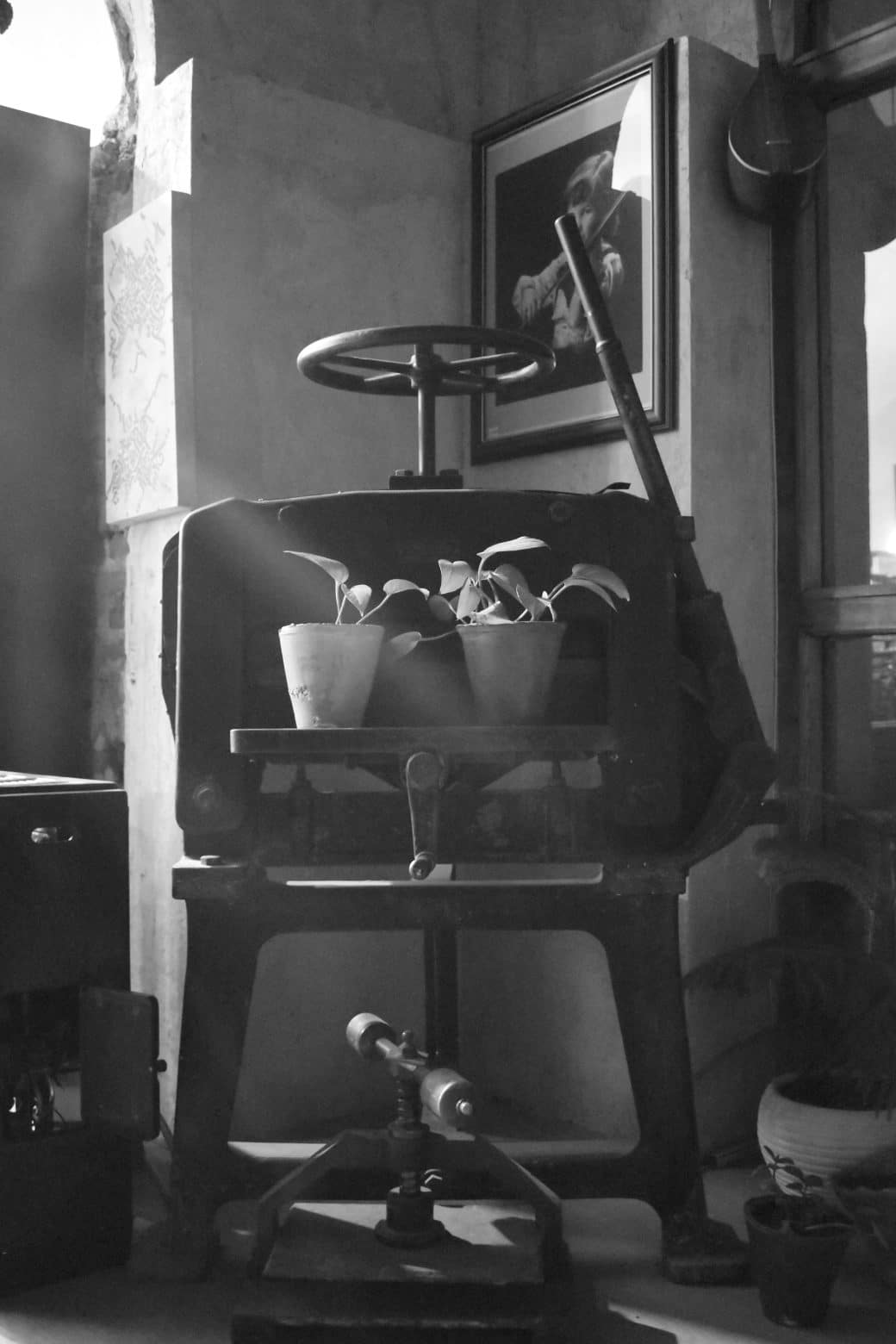Imagine embarking on a journey through time, where every turn of the page recounts the evolution of a remarkable art form that has quietly shaped our access to knowledge and storytelling. That’s exactly what I’m about to share with you in “Crafting The Legacy: The History of Bookbinding Artistry.” This exploration isn’t just about how books went from being a luxury item for the few to a staple in homes across the globe. It’s a tribute to the meticulous craftsmanship and innovation that have allowed bookbinding to evolve over centuries, turning simple pages into treasured keepsakes. So, join me as I unfold the layers of history and artistry woven into the spine of each book on your shelf, revealing the unsung heroes and ingenious techniques behind them.

Origins of Bookbinding
Beginnings in the Ancient World
The art of bookbinding, for me, is a fascinating journey back to the ancient times when knowledge was first encapsulated in a physical form. The act of preserving and protecting written documents can be traced far back to when the Egyptians used scrolls. These were often made from papyrus, a plant-based paper, beginning a legacy of book preservation that spans millennia. This tradition of binding pages was a significant leap towards the books we are familiar with today.
Association with Religious Scripture
Religious texts were among the first to require the durability and protection that bookbinding offered. The holy scriptures of various religions, including Christianity, Islam, and Judaism, necessitated a form that not only preserved the sacred texts but also exuded a sense of reverence. This association with religious scripture played a pivotal role in advancing bookbinding techniques and remains a driving force in the craft’s development.
Emergence in Various Cultures
Bookbinding practices emerged independently across different cultures, adapting to the materials and aesthetic preferences of each civilization. The Greeks and Romans developed techniques for attaching wax tablets together, while in the East, methods evolved that reflected the unique materials available, such as bamboo and silk. These diverse origins underscore the universal human desire to record, preserve, and disseminate knowledge.
Materials and Techniques in Early Bookbinding
Use of Papyrus, Parchment, and Paper
The evolution of bookbinding materials from papyrus, to parchment, and finally to paper, marks significant advancements in the art form. Papyrus, while revolutionary, was fragile and prone to cracking, leading to the adoption of parchment made from animal skins. Paper, invented in China and later brought to the Muslim world and Europe, eventually became the preferred material due to its durability and ease of production.
Sewing Methods and Their Progression
The transition from scrolls to codices required the development of sewing methods to bind pages together. Early on, simple stitching was used, but as bookbinding progressed, more complex sewing techniques were developed. These methods not only held the pages together but also added to the aesthetic and functional value of the books.
Incorporation of Leather and Other Materials
The use of leather in bookbinding was a game-changer, offering a durable and flexible material that protected the book and allowed for beautiful embellishments. Other materials, such as cloth and paper, were also introduced over time, expanding the possibilities for book design and making it accessible to broader segments of society.
The Artistry Behind Cover Design
Influence of Societal and Cultural Trends
The design of book covers has always been deeply influenced by societal and cultural trends. From the ornate decorations of the Islamic manuscripts to the minimalist designs of modern books, the aesthetics of bookbinding reflect the values and artistic sensibilities of the times.
The Advent of Gold Leaf
The use of gold leaf in bookbinding added an unmatched level of opulence and beauty to books. This technique, which involves applying thin sheets of gold to the cover, was especially popular during the medieval period, adding to the book’s value and status as a treasured possession.
Gothic and Renaissance Contributions
The Gothic and Renaissance periods introduced new design elements to bookbinding, including intricate patterns and the use of rich colors. These contributions greatly enhanced the visual appeal of books, turning them into works of art that were cherished by collectors and bibliophiles.

Innovation During the Middle Ages
Advent of Chained Libraries
The Middle Ages saw the advent of chained libraries, an innovative solution to prevent the theft of valuable manuscripts. Books were literally chained to shelves or desks, a practice that speaks volumes about the value placed on these irreplaceable works.
Introduction of Wooden Cover Boards
The introduction of wooden cover boards was another significant advancement during this period. These sturdy covers provided superior protection for the pages within, safeguarding the knowledge they contained against damage from use and the passage of time.
Development of Clasp and Strap Closures
To further protect and preserve the books, clasps and strap closures were developed. These mechanisms ensured that the books remained closed when not in use, minimizing exposure to air and light, which could degrade the materials over time.
Imperial Influence on Bookbinding in Asia
Introduction of Stab Binding
In Asia, the introduction of stab binding represented a departure from the methods used in the West. This technique, which involved puncturing the pages and then binding them together with thread or cord, was particularly popular in China and Japan, offering a simple yet effective way to compile written documents.
Impact of Chinese and Islamic Cultures
The traditions of Chinese and Islamic cultures greatly enriched the world of bookbinding. Chinese contributions include the use of silk covers and the practice of wrapping books in cloth for added protection. Islamic bookbinding is renowned for its intricate geometric patterns and detailed craftsmanship, reflecting the rich artistic heritage of the Muslim world.
Development of Japanese and Korean Bookbinding Techniques
Japanese and Korean bookbinding techniques further demonstrate the diversity and ingenuity of this art form. In Japan, the use of folding screens and scrolls influenced book design, leading to unique forms such as accordion books. Korea introduced its own innovations, such as intricate paper decorations and bindings that reflected the country’s aesthetic preferences.
The Effects of Mass Printing
Invention of the Gutenberg Press
The invention of the Gutenberg Press in the 15th century revolutionized book production, making books more accessible to the general population. This technological breakthrough marked the beginning of the end for hand-copied manuscripts, ushering in an era of mass printing.
Industrial Revolution Impact
The Industrial Revolution further accelerated the mass production of books, introducing new technologies and materials that made the process faster and less expensive. This period saw the widespread adoption of machine-made paper and mechanized printing presses, dramatically increasing the availability of books.
The Shift Towards Durability Over Aesthetics
As books became more common, the emphasis in bookbinding shifted from aesthetic embellishments to durability and functionality. The demand for books that could withstand frequent use and handling led to the development of stronger binding techniques and materials, prioritizing longevity over decorative elements.
Modern Innovations in Bookbinding
Advent of Mechanical Bookbinding
The advent of mechanical bookbinding in the 19th century represented a significant leap forward in efficiency and consistency. Machines could bind books faster and more uniformly than hand-binding, meeting the growing demand for books in the industrialized world.
Introduction of Adhesive Binding Techniques
The introduction of adhesive binding techniques, such as perfect binding, offered an alternative to traditional sewing methods. This approach involves gluing the pages together at the spine, providing a cost-effective solution for mass-produced books.
Current Trends and Techniques in the Industry
Today, bookbinding encompasses a wide range of practices, from traditional artisan techniques to modern industrial methods. The industry continues to innovate, incorporating new materials and technologies to enhance the functionality and aesthetic appeal of books. At the same time, there’s a renewed interest in handcrafted bindings that embody the artistry and craftsmanship of the past.
Distinguished Bookbinders and Their Contributions
Notable Historical Figures in Bookbinding
Throughout history, several notable figures have left their mark on the art of bookbinding. These pioneers introduced innovative techniques and styles that have significantly influenced the craft. Their legacy is evident in the beautiful and durable books that have withstood the test of time.
Innovative Bookbinders of the 20th Century
The 20th century saw a resurgence in artistic bookbinding, with innovative bookbinders exploring new materials and techniques. These artists pushed the boundaries of the craft, creating stunning works that blend traditional skills with contemporary design.
Contemporary Artists and Their Influence
Contemporary bookbinders continue to enrich the field with their creativity and ingenuity. By experimenting with unconventional materials and techniques, they are redefining what a book can be, inspiring future generations of bookbinders to continue evolving this timeless art form.
Bookbinding as a Symbol of Status and Wealth
The Role of Expensive Materials
The use of expensive materials in bookbinding, such as leather, gold leaf, and precious stones, has historically signified a book’s value and the status of its owner. These luxurious bindings were often commissioned by the wealthy and powerful as a display of their affluence and cultural refinement.
Unique Bindings as a Luxury Product
Unique bindings, crafted by skilled artisans, are considered luxury products that cater to collectors and bibliophiles who appreciate the artistry and craftsmanship involved. Such bindings are tailor-made, often one-of-a-kind pieces that embody the personal tastes and preferences of the owner.
Book Collections as a Display of Power
Owning a collection of finely bound books has long been a display of power and knowledge. For centuries, monarchs, nobles, and scholars have amassed elaborate libraries, not only for personal enjoyment and study but also as a tangible representation of their cultural and intellectual prowess.
Preservation and Restoration of Bound Books
The Role of Libraries and Museums
Libraries and museums play a crucial role in the preservation and restoration of bound books. They are tasked with safeguarding these cultural treasures for future generations, employing specialized techniques to restore and maintain the integrity of ancient texts and bindings.
Techniques for Restoring Ancient Books
Restoring ancient books is a delicate process that requires a deep understanding of materials and historical binding techniques. Conservators carefully assess each book’s condition, employing methods such as cleaning, repairing tears, and rebinding to breathe new life into these precious artifacts.
Conservation Efforts and Ethical Considerations
Conservation efforts are guided by ethical considerations, aiming to preserve the original character and historical significance of each book. The goal is to maintain the book’s integrity while ensuring its survival for years to come, striking a balance between restoration and preservation.
Crafting the legacy of bookbinding is a testament to humanity’s enduring quest to share and preserve knowledge. From ancient scrolls to modern ebooks, the evolution of bookbinding reflects our collective journey through time, encapsulating our cultural achievements, technological advancements, and artistic expressions. As we continue to write our history, bookbinding stands as a symbolic and practical embodiment of our desire to connect with the past, present, and future.



